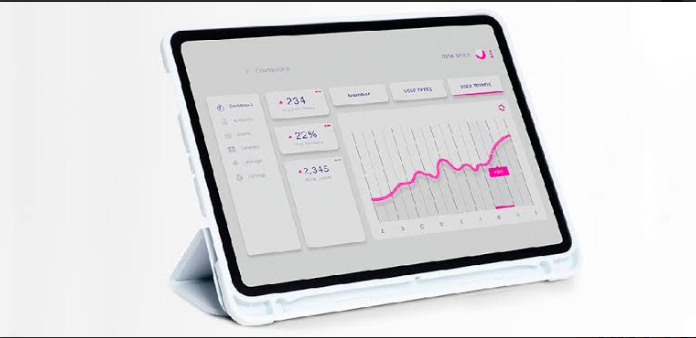How Exactly Does Tracking Of Prices & Price History Work Today?

Tracking prices and price history today relies on a combination of data collection methods, technology, and analysis. Here’s a detailed overview of how it works:
- Data Sources:
- E-commerce Websites: Many price tracking services and retailers gather data by scraping e-commerce websites like Amazon, eBay, Walmart, and others. They collect information about product prices, availability, and product descriptions.
- APIs: Some websites and retailers offer APIs (Application Programming Interfaces) that allow authorized developers to access their product and pricing data directly.
- Third-Party Data Providers: Some companies specialize in collecting and providing price data. They aggregate data from various sources and offer it as a service to businesses.
- In-House Data Collection: Large retailers and e-commerce platforms often have their own in-house systems for tracking prices and sales data.
- Data Collection:
- Web Scraping: Automated bots crawl e-commerce websites and collect price-related data. These bots can be programmed to monitor specific products or categories.
- Real-Time Updates: Some data sources provide real-time updates, allowing price tracking services to stay current with changes in prices and product availability.
- Data Storage:
- Collected data is typically stored in databases for easy access and analysis. This data includes product names, descriptions, prices, timestamps, and URLs.
- Price History:
- Price tracking services continuously monitor and record changes in product prices. This historical data allows users to view price trends and make informed purchasing decisions.
- Price Comparison:
- Price tracking tools often compare prices for the same product across different retailers, helping consumers find the best deals.
- They may also provide historical price charts to visualize price fluctuations over time.
- Notifications:
- Many price tracking services offer notification features. Users can set price thresholds, and the service will alert them when a tracked product’s price drops below their specified level.
- Data Analysis:
- Data analytics tools are used to process and analyze the collected data. This can involve identifying trends, seasonal fluctuations, and other insights.
- Machine learning algorithms may be employed to make predictions about future price changes based on historical data.
- User Interfaces:
- Price tracking services provide user-friendly interfaces, often in the form of websites or mobile apps, where consumers can search for products, track prices, and receive alerts.
- Business Applications:
- Retailers and e-commerce businesses use price tracking data to adjust their pricing strategies, remain competitive, and optimize their profit margins.
- Investors and market analysts may also use price history data to make informed decisions about stocks or commodities.
- Legal and Ethical Considerations:
- Some websites have terms of service that prohibit web scraping, leading to legal and ethical concerns. Price tracking services must navigate these issues carefully.
- Privacy and Security:
- Protecting user data and ensuring the security of the collected information are crucial aspects of price tracking services’ operations.
In summary, tracking prices and price history today involves a combination of data collection, storage, analysis, and presentation through user-friendly interfaces. It serves both consumers and businesses by providing valuable insights into product pricing and market trends. However, it also raises legal, ethical, and privacy considerations that must be addressed by those providing and using these services.




